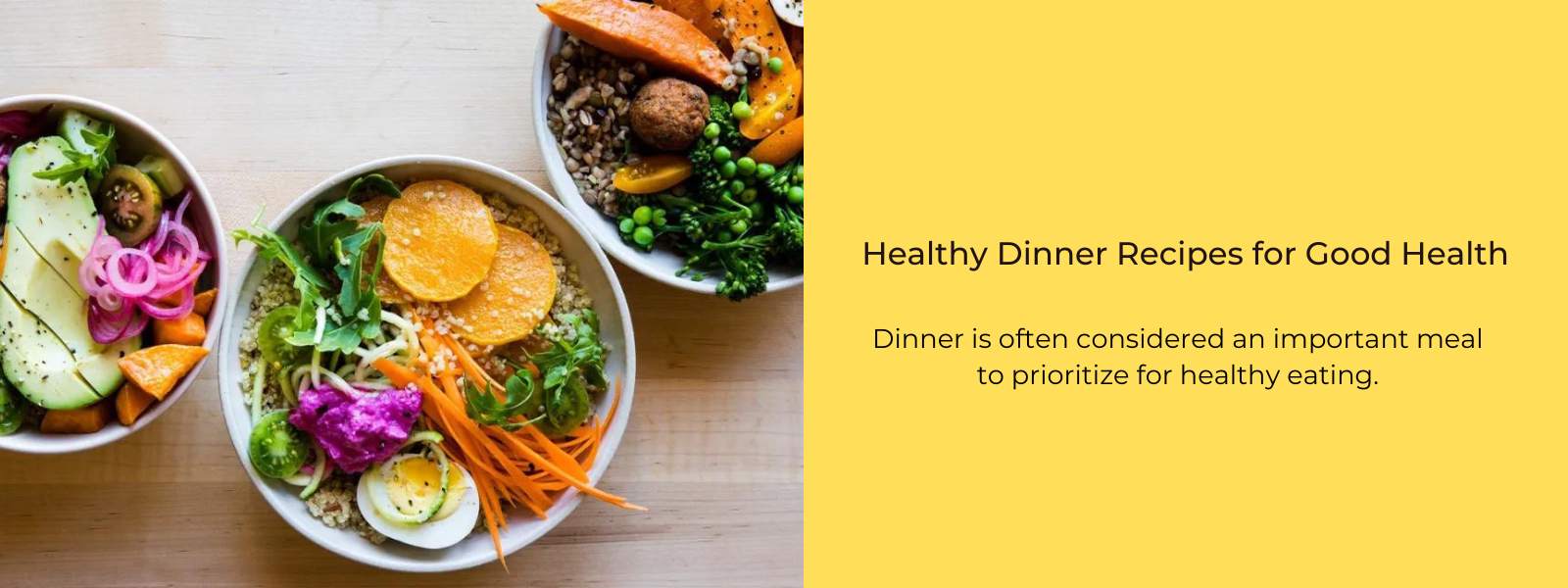Embracing healthy food swaps for a Healthier New Year in 2024 is a commitment to a better and more vibrant you. It's about choosing nutrient-dense, delicious alternatives that enhance your well-being. Swap sugary sodas for refreshing infused water, trade white bread for whole grain, and indulge in Greek yogurt and berries instead of ice cream. Opt for heart-healthy avocado over butter or mayo, and start your day with nourishing oatmeal. Make salads vibrant with vinaigrettes and savor lean proteins like chicken or fish. Replace white rice with cauliflower rice, and choose air-popped popcorn over buttered. By selecting dark chocolate and roasted nuts, you're satisfying cravings in a healthier way. These small but impactful swaps can lead to improved health, better weight management, and a positive relationship with food, setting the tone for a healthier, happier year ahead.
Table of Contents
What Do You Mean By Healthy Food Swaps?
Healthy food swaps refer to making conscious and deliberate choices to replace less nutritious or calorie-dense foods with alternatives that are more nutritious, lower in calories, or otherwise better for your health. These swaps are designed to improve the overall nutritional quality of your diet and can contribute to better health, weight management, and well-being. Healthy food swaps might involve substituting high-sugar snacks with fresh fruits, choosing whole grains over refined grains, opting for lean proteins instead of fatty ones, and replacing sugary beverages with water or herbal tea. The goal is to make positive changes to your eating habits without sacrificing flavor or satisfaction, promoting a healthier lifestyle.
Factors to Consider While Following Healthy Food Swaps:
- Nutrient Density: Opt for foods that are rich in essential nutrients like vitamins, minerals, fiber, and antioxidants. Swap nutrient-poor options for nutrient-dense ones.
- Calorie Content: Be mindful of calorie differences between the original and the swapped item. Ensure that your swap doesn't result in a significant increase in calories.
- Saturated and Trans Fats: Choose foods with lower levels of unhealthy saturated and trans fats. Look for alternatives with healthier fats or lower fat content.
- Added Sugars: Reduce your intake of added sugars. When swapping, select items with little or no added sugars or sweeten with natural options like honey or fruit.
- Whole Grains: Replace refined grains with whole grains whenever possible. Whole grains provide more fiber and nutrients.
- Protein Quality: Opt for lean proteins like poultry, fish, legumes, and tofu over higher-fat meats.
- Sodium Content: Be cautious of high sodium levels in processed foods. Choose lower-sodium options or prepare meals with minimal added salt.
- Portion Control: Pay attention to portion sizes when swapping. Even healthy foods can lead to overconsumption if portions are too large.
- Allergies and Dietary Restrictions: Consider any food allergies or dietary restrictions you may have when making swaps. Ensure that the replacement is suitable for your needs.
- Meal Balance: Keep the balance of your meals in mind. Ensure that your swaps contribute to a well-rounded diet that includes a variety of food groups.
Benefits of Healthy Food Swap:
Making healthy food swaps a part of your New Year's resolution is a smart choice for several reasons:
- Improved Health: Healthy food swaps can lead to better overall health. Opting for nutrient-dense foods provides essential vitamins and minerals while reducing the intake of empty calories, excess sugar, and unhealthy fats.
- Weight Management: Making mindful food choices helps with weight management. Healthy swaps can reduce calorie intake and lead to gradual, sustainable weight loss or maintenance.
- Increased Energy: Nutrient-rich foods can boost energy levels, helping you feel more alert and active throughout the day.
- Reduced Risk of Chronic Diseases: A diet rich in healthy swaps is associated with a reduced risk of chronic diseases such as heart disease, diabetes, and certain types of cancer.
- Improved Digestion: Swapping out processed and high-fat foods for fiber-rich options can enhance digestion and regularity.
- Better Mood and Mental Clarity: A balanced diet can positively impact mood, cognition, and mental clarity, making it easier to focus and be productive.
- Long-Term Habit Formation: Starting the year with a resolution to make healthy food swaps can lead to long-term habit formation. Over time, these swaps become a natural part of your lifestyle.
- Positive Influence on Others: Your commitment to healthy eating can inspire those around you, such as family and friends, to make similar changes to their diets.
- Enjoyment of Food: Healthy food swaps don't mean sacrificing taste. In fact, they can lead to the discovery of new, delicious foods and recipes that you might not have tried otherwise.
- Self-Care: Choosing to prioritize your health through food swaps is an act of self-care, reflecting your commitment to a healthier and happier you.
What Are Some Healthy Food Choices?
- Fruits and Vegetables: These are rich in vitamins, minerals, and antioxidants. Aim to fill half your plate with colorful fruits and vegetables for a variety of nutrients.
- Whole Grains: Choose whole grains like brown rice, quinoa, whole wheat pasta, and oats over refined grains for more fiber and nutrients.
- Lean Proteins: Opt for lean protein sources like skinless poultry, fish, lean cuts of beef or pork, tofu, and legumes to reduce saturated fat intake.
- Healthy Fats: Include sources of healthy fats, such as avocados, nuts, seeds, and olive oil, in your diet. These fats can support heart health.
- Dairy or Dairy Alternatives: Select low-fat or non-fat dairy products or dairy alternatives like almond or soy milk for calcium and protein.
- Plant-Based Proteins: Incorporate plant-based protein sources like beans, lentils, chickpeas, and tempeh to reduce reliance on animal products.
- Herbs and Spices: Flavor your dishes with herbs and spices instead of excessive salt or sugar to reduce sodium and sugar intake.
- Water: Stay hydrated with water as your primary beverage, reducing or eliminating sugary drinks and excessive caffeine.
- Natural Sweeteners: Choose natural sweeteners like honey, maple syrup, or agave nectar in moderation instead of refined sugar.
- Low-Sodium Options: Select low-sodium or no-salt-added versions of canned soups, broths, and other processed foods to reduce sodium intake.
- Healthy Snacks: Opt for whole-food snacks like fresh fruit, raw nuts, or yogurt instead of processed and high-sugar snacks.
- Homemade Meals: Prepare meals at home whenever possible, allowing you to control ingredients and portion sizes.











Leave a comment